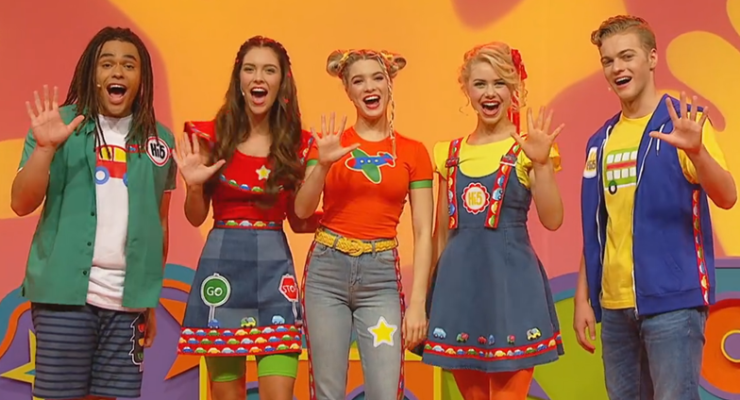
When I read arguments from the commercial TV broadcasters advocating the dismantling of children’s television in Australia, my immediate reaction is always, “why do commercial broadcasters dislike children?”
Then I thought about it a bit more and realised that it all makes sense if you consider children’s content from the perspective of a broadcaster seeking to maximise private shareholder value over a public asset — the TV broadcasting spectrum. I’m sure the commercial broadcasters love children as much as they love profits, but they just don’t want to do anything for the former, to do more for the latter.
Commercial television broadcasters exist because the government gives them a licence to the spectrum. In return for this privileged private access (for which they pay less and less each year), the government extracts some public benefits. One of these public benefits is the commercial broadcasters must deliver a minimum amount of children’s programming each year.
From the broadcasters’ perspective, the nub of the problem is opportunity cost. The children’s programming obligations come with sensible content and advertising restrictions aimed at protecting Australian children from potentially harmful content. These restrictions prevent the broadcasters from maximising advertising revenue in the same manner as they do from programs such as Sunrise and Today. That said, the advertising market is up after three years of sluggish growth, so crying poor may not be as effective as it once was to justify ditching children’s content.
The commercial broadcasters pushed hard in 2012 to be provided flexibility to acquit their Australian and children’s content obligations on their secondary channels. The commercial broadcasters argued this flexibility would allow them to create “destination” viewing for children and greater competition with the ABC. They got what they wanted and immediately shifted their children’s programming to the secondary channels, all the while knowing that audience numbers on the secondary channels are considerably lower than the primary channel.
For example, one producer’s high-profile, award-winning children’s program was shifted to the secondary channel, and the audience fell to a 10th of the primary channel’s audience. Now, quite cynically, the commercial broadcasters are using low audience numbers as a justification for abolishing one of their public service obligations. In seeking reward for failure, commercial broadcasters blame the quotas, while accepting no responsibility for the mess they helped create.
A bigger mess will be created if the children’s quotas are abolished. In 2003, in response to similar broadcaster pressure, the UK government abolished its children’s quotas. Expenditure on children’s programming fell 93%. Last year, the UK government admitted it made a mistake and is bringing its children’s quotas back.
The commercial broadcasters have told the government that Australian production companies make award-winning, high-quality programs, but Australian children aren’t watching them. How do these programs win awards without an audience? It’s because the audience is largely overseas, nurtured by Australian producers and foreign broadcaster partners that see value in continuing engagement with audiences as they mature. Any parent, shareholder or advertiser with a long-term perspective might want to consider these inter-generational issues for commercial broadcasting if they achieve their goal of disavowing and abandoning a generation of viewers. Be careful what you wish for.
Australians are watching content on an ever-growing number of platforms, like Netflix, YouTube and Facebook. These platforms have significant presence in Australia, yet have no Australian content obligations and consequently, very little Australian content. Moreover, they have little oversight on age-appropriate content for children. Instead of a race to the bottom where Australian children lose access to Australian stories, we need local content obligations across all platforms, as they have in Europe, as was recommended by a House of Representatives Committee late last year.
In one article advocating the abolition of our children’s quotas’, an argument was made that children’s television is the Brussels sprout of programming. This analogy is good one, given our childhood obesity epidemic. We see the public health outcomes of unhealthy eating patterns learned at an early age. We need more vegetables, not less. We need more children’s content, not less.
*Matthew Deaner is CEO of Screen Producers Australia







You have to be kidding. Children’s television these days is mind numbing dross. I find it encouraging that children are turning it off and doing something better. Maybe you should.